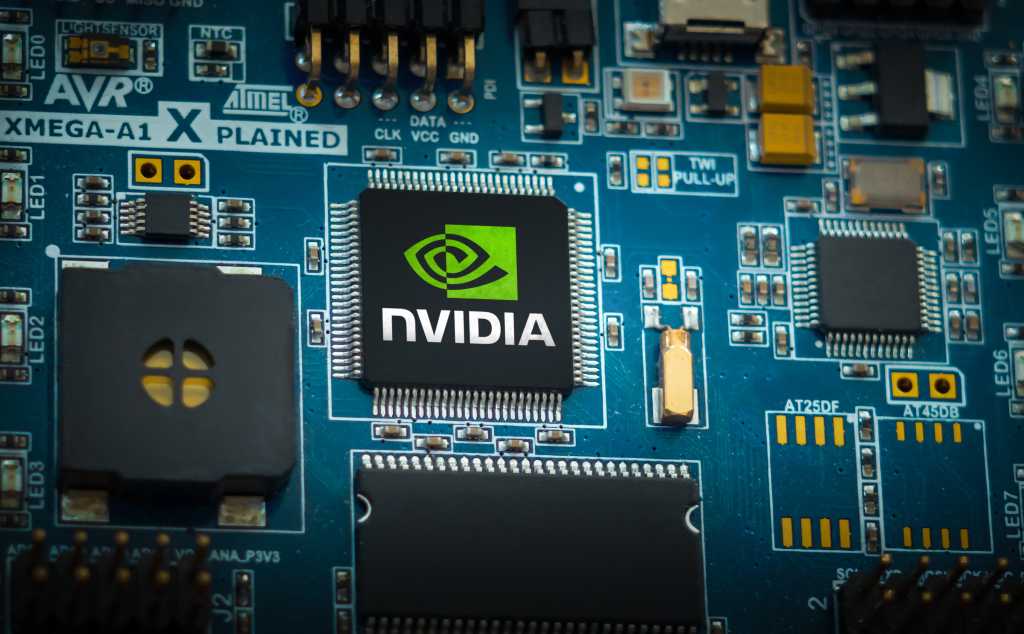
China re-entry impact
Nvidia’s announcements mark a bid to re-enter the world’s second-largest AI market under tightened US export controls. But this return may not mean business as usual.
“Despite Nvidia’s market re-entry, Chinese companies will likely continue diversifying suppliers to strengthen supply chain resilience,” said Prabhu Ram, VP of the industry research group at Cybermedia Research. “Nvidia’s China-compliant strategy also raises concerns around ecosystem fragmentation and vendor lock-in, creating opportunities for regional players to differentiate themselves through trust, transparency, and digital sovereignty.”
Enterprise AI infrastructure providers in the West may also closely watch for signs of competitive impact. One core concern is whether region-specific product lines could erode Nvidia’s lead or create openings for rivals.
“In terms of raw tech advantage, Western markets won’t see a disruption,” said Sandeep P, senior analyst at Everest Group. “However, the complexity of maintaining region-specific hardware and software could slow Nvidia’s overall velocity, especially for enterprise customers with diverse or global needs.”
The dual-market approach also introduces other strategic complexities. In Western markets, Nvidia’s continued engagement with China may raise concerns among enterprise customers and policymakers about supply chain security and vendor alignment.
“This could open the door for competitors like AMD, Intel, and specialized AI chip startups to position themselves as more aligned with national security interests and less exposed to geopolitical risk,” said Manish Rawat, semiconductor analyst at Techinsights. “Nvidia’s balancing act may also attract greater regulatory scrutiny, potentially prompting the US and Europe to accelerate efforts to develop domestic semiconductor ecosystems and diversify AI infrastructure dependencies.”




















